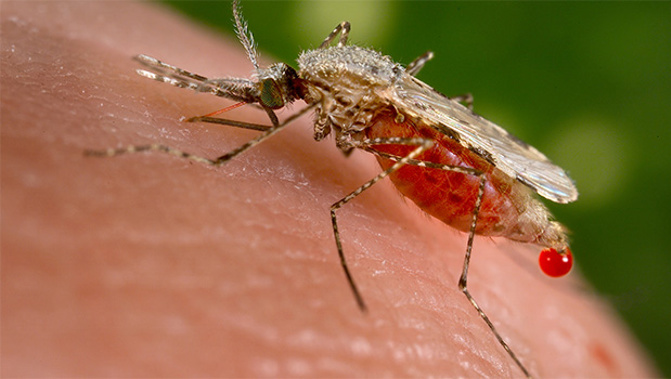
More than A$1 million will be spent tackling a mysterious flesh-eating bug and reducing its spread in Australia.
The federal Government today announced it is investing A$1.5m ($1.6m) into researching the Buruli ulcer, which has spread throughout Victoria and far north Queensland.
Most commonly found in west or central Africa and usually associated with stagnant water, it can have devastating impacts on sufferers, including long-term disability and deformity.

A severe Mycobacterium ulcerans lesion on the knee of an 11-year-old boy. (Photo / AAP)
In Victoria, the number of people contracting the disease has soared, with 182 new cases in 2016, 275 in 2017 and 30 so far in 2018.
Experts say there is potential for the disease to affect thousands in the state each year.
A two-year study will be led by University of Melbourne professor Tim Stinear, who has found mosquitoes are a key factor in spreading the bacteria to humans.
In one of the first investigations of its kind in the world to study the transmission of the Buruli ulcer, the study will use the funds to conduct a cull of the mosquitoes in coastal Victoria.
The project will also receive an additional A$1.5m of funding from the Victorian Government and two local councils.
"This is a horrible and painful medical condition and research is vital to get to the bottom of this new health challenge," Health Minister Greg Hunt said.
"My hope is that research will eventually identify a common source of the cause of this type of bacterium, which will lead to faster diagnoses, treatment and prevention strategies."
More than A$3m has already been spent by state and federal governments in the past decade on researching the disease.
WHAT IS A BURULI ULCER?
It's a skin infection caused by a bacteria known as Mycobacterium ulcerans. The organism belongs to the family of bacteria that causes tuberculosis and leprosy. It typically causes skin ulcers, otherwise known as Buruli ulcer. It is also known as Bairnsdale or Daintree ulcer. It can affect the bone and can lead to permanent disfigurement and long-term disability.
WHERE DOES IT OCCUR?
According to WHO, at least 33 countries, including Australia, with tropical, subtropical and temperate climates have reported Buruli ulcer, but mainly in west and central Africa.
WHO IS AFFECTED?
About 2000 cases are reported worldwide each year. All age groups, including young children, can be infected.
HOW IS IT TRANSMITTED?
The exact method remains unclear, but the disease is often associated with wetlands, especially stagnant water. Evidence indicates it cannot be transmitted from person to person. Insects, such as mosquitoes, have been shown to contain the bacteria and they may play a role in transmission. Use of repellent and mosquito nets have been linked to a reduction in occurrence.
WHAT DOES IT LOOK LIKE?
The first sign of Buruli ulcer is usually a painless, non-tender blister-like nodule on the skin, often thought to be an insect bite. A lesion may occur anywhere on the body but is most common on the limbs. After one to two months, the nodule may begin to erode, forming a characteristic ulcer.
HOW IS IT TREATED?
In Australia and Japan, most lesions are detected early and diagnosed as a Category 1. Treatment involves a combination of antibiotics, depending on the patient. Many sufferers require plastic surgery.
- Source: Health Victoria, World Health Organisation, Medical Journal of Australia
Take your Radio, Podcasts and Music with you









